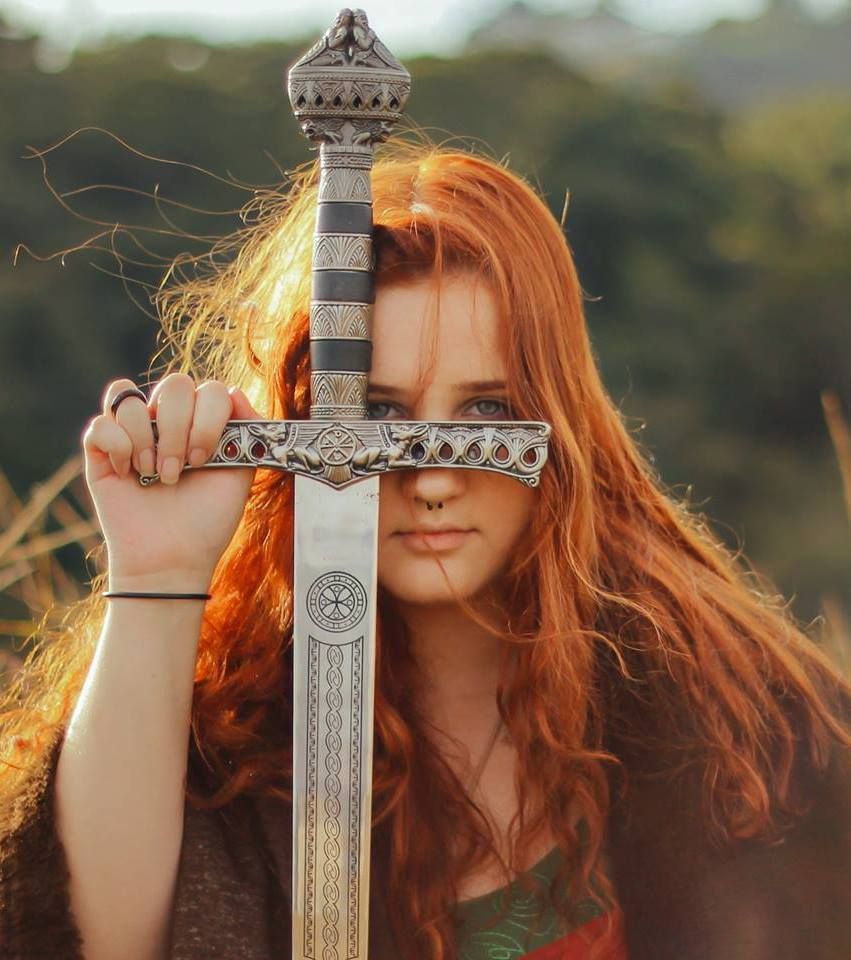
The epiphyseal union was completed on all preserved bones, and the appearance of the auricular surface of the left hip bone meets the morphologic criteria for phase 3 according to methods by Lovejoy, Meindl, Mensforth, and Pryzbeck ( 1985) and Meindl and Owen ( 1989). The age and sex estimation results, presented at a conference in 2014 (Kjellström, 2016), were based on osteological standard methods for morphologic indicators (Buikstra & Ubelaker, 1994) (S2–S3). Stored with Bj 581 was also a femur belonging to another burial which was excluded. The skeleton was represented by bone elements from all body regions (S2). Illustration by Evald Hansen based on the original plan of grave Bj 581 by excavator Hjalmar Stolpe published in 1889 (Stolpe, 1889) 2 MATERIALS AND METHODS 2.1 Osteology Here we present data including nuclear DNA and strontium isotopes of the individual.

This made it important to further investigate the biological sex and to do additional analyses to explore the genetic affinity of the individual buried in Bj 581. The osteological analysis triggered questions concerning sex, gender and identity among Viking warriors. Though some Viking women buried with weapons are known, a female warrior of this importance has never been determined and Viking scholars have been reluctant to acknowledge the agency of women with weapons (Hernæs, 1984 Moen, 2011) (S1). The existence of female warriors in Viking Age Scandinavia has been debated among scholars (Gardeła, 2013 Jesch, 1991 Jochens, 1996).
Female nordic warriors full#
Hence, the individual in Bj 581 was considered a male based on the assemblage of grave goods (Arbman, 1941 Gräslund, 1980), and the sex was only questioned after a full osteological and contextual analysis (Kjellström, 2016) that showed that the individual was a woman (S2 and S3). As suggested from the material and historical records (Jesch, 1991 Jochens, 1996), the male sex has been associated with the gender of a warrior identity. Furthermore, a full set of gaming pieces indicates knowledge of tactics and strategy (van Hamel, 1934 Whittaker, 2006), stressing the buried individual's role as a high-ranking officer.
Female nordic warriors professional#
The grave goods include a sword, an axe, a spear, armour-piercing arrows, a battle knife, two shields, and two horses, one mare and one stallion thus, the complete equipment of a professional warrior. Prominently placed on an elevated terrace between the town and a hillfort, the grave was in direct contact with Birka's garrison. One warrior grave, Bj 581, stands out as exceptionally well-furnished and complete (Arbman, 1941 Thålin-Bergman, 1986) (Figure 2 and S1). The graves are distributed over large burial grounds encircling the town area. Over 3,000 graves are known, of which approximately 1,100 have been excavated, making it one of the largest known congregations of burials in the Viking world. One of the strongest features reflected through the archaeological remains is the extent and diversity of contacts and cultural influences from other places (Ambrosiani, 2012 Arbman, 1941 Hedenstierna-Jonson, 2014), which is also reflected in the diverse burial practice (Gräslund, 1980). Map showing the location of Birka and grave Bj 581 The results call for caution against generalizations regarding social orders in past societies. The identification of a female Viking warrior provides a unique insight into the Viking society, social constructions, and exceptions to the norm in the Viking time-period. Nevertheless, the Sr values are not conclusive as to whether she was of local or nonlocal origin. The genetic affinity is close to present-day North Europeans, and within Sweden to the southern and south-central region.

The genomic results revealed the lack of a Y-chromosome and thus a female biological sex, and the mtDNA analyses support a single-individual origin of sampled elements. Additionally, a strontium isotope analysis was conducted to highlight the mobility of the individual. Genome-wide sequence data was generated in order to confirm the biological sex, to support skeletal integrity, and to investigate the genetic relationship of the individual to ancient individuals as well as modern-day groups.

A genomic confirmation of the biological sex of the individual was considered necessary to solve the issue. An earlier osteological classification of the individual as female was considered controversial in a historical and archaeological context. Previously, based on the material and historical records, the male sex has been associated with the gender of the warrior and such was the case with Bj 581. The objective of this study has been to confirm the sex and the affinity of an individual buried in a well-furnished warrior grave (Bj 581) in the Viking Age town of Birka, Sweden.


 0 kommentar(er)
0 kommentar(er)
